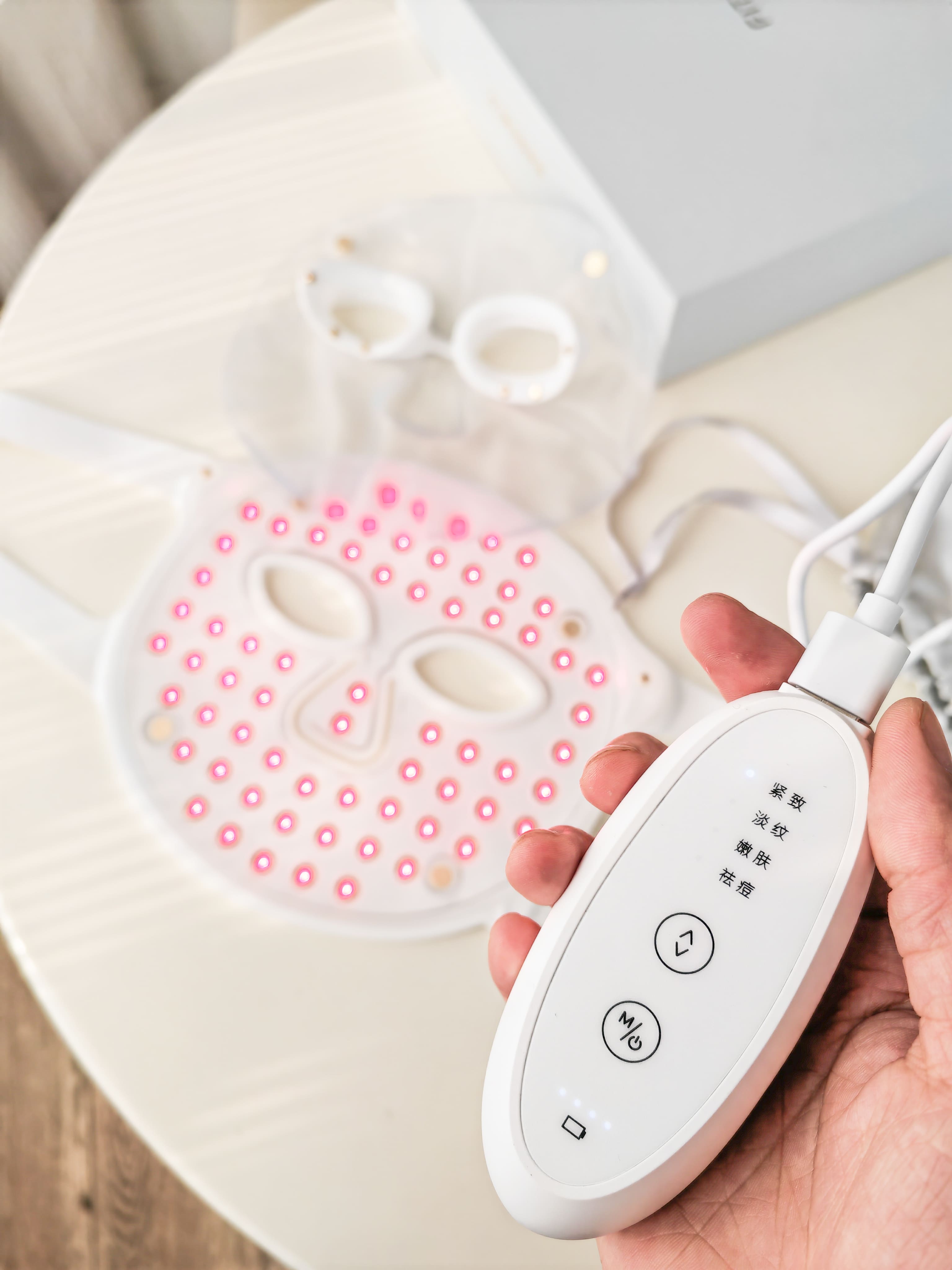News
Contact Us
Address: 3,6,8/F, BLDG 3, No.7, LangFeng Road, Xinshi Community, Dalang, Longhua District, Shenzhen, China
Tel: +86 0755 2955 5011
E-mail: Info@fittop.com
News
What are the Key Processes in LED Mask Manufacturing?
Mon May 06 17:37:10 CST 2024
LED masks have become a popular beauty device in the skincare market, offering a range of benefits from reducing inflammation to boosting collagen production. Understanding the key processes involved in LED mask manufacturing is crucial for businesses looking to enter the beauty device industry. In this article, we'll explore these processes that ensure the production of high-quality and effective LED masks.

Design and Prototyping
The first step in LED mask manufacturing is the design phase. Engineers and product designers work together to create a prototype that is both functional and aesthetically pleasing. This involves selecting the right materials, such as light-emitting diodes (LEDs), that will be safe and comfortable for the skin. Prototyping is essential for testing the fit and effectiveness of the mask before it goes into mass production.
CAD Modeling
Computer-aided design (CAD) software is often used to create a detailed model of the LED mask. This allows manufacturers to visualize the product and make adjustments to the design as needed. CAD modeling helps in refining the ergonomics of the mask, ensuring a comfortable fit for a range of face shapes and sizes.
Sourcing Materials
Once the design is finalized, the next key process is sourcing high-quality materials. This includes LEDs with specific wavelengths that target different skin concerns, as well as durable and skin-safe plastics for the mask's body. Sourcing from reputable suppliers is crucial to ensure the longevity and safety of the final product.
LEDs Selection
Choosing the right LEDs is a critical part of the manufacturing process. Different wavelengths can have various effects on the skin, such as blue light for acne treatment and red light for anti-aging. The quality of the LEDs directly impacts the effectiveness of the LED mask.

Assembly
The assembly process involves putting together various components of the LED mask. This typically includes attaching the LEDs to the mask body, incorporating the power supply, and assembling any straps or fastenings. The assembly must be done with precision to ensure that the LEDs are evenly distributed and securely attached.
Quality Control Checks
During and after assembly, LED masks undergo rigorous quality control checks. This includes testing the functionality of the LEDs, the comfort of the fit, and the durability of the materials. These checks are vital to maintain the high standards expected by consumers in the beauty device market.
Packaging and Branding
The final process in LED mask manufacturing is packaging and branding. The packaging is designed to protect the product during shipping and to be visually appealing to consumers. Branding is also important, as it communicates the benefits of the product and helps it stand out in a competitive market.
By understanding these key processes in LED mask manufacturing, businesses can ensure they produce a beauty device that meets the high standards of the skincare industry. Whether it's the initial design phase or the final quality control checks, each step is integral to creating an LED mask that is both effective and sought after by beauty enthusiasts.
Are you interested in the technical aspects of beauty devices or looking to venture into the market? Share your thoughts and questions in the comments below.

